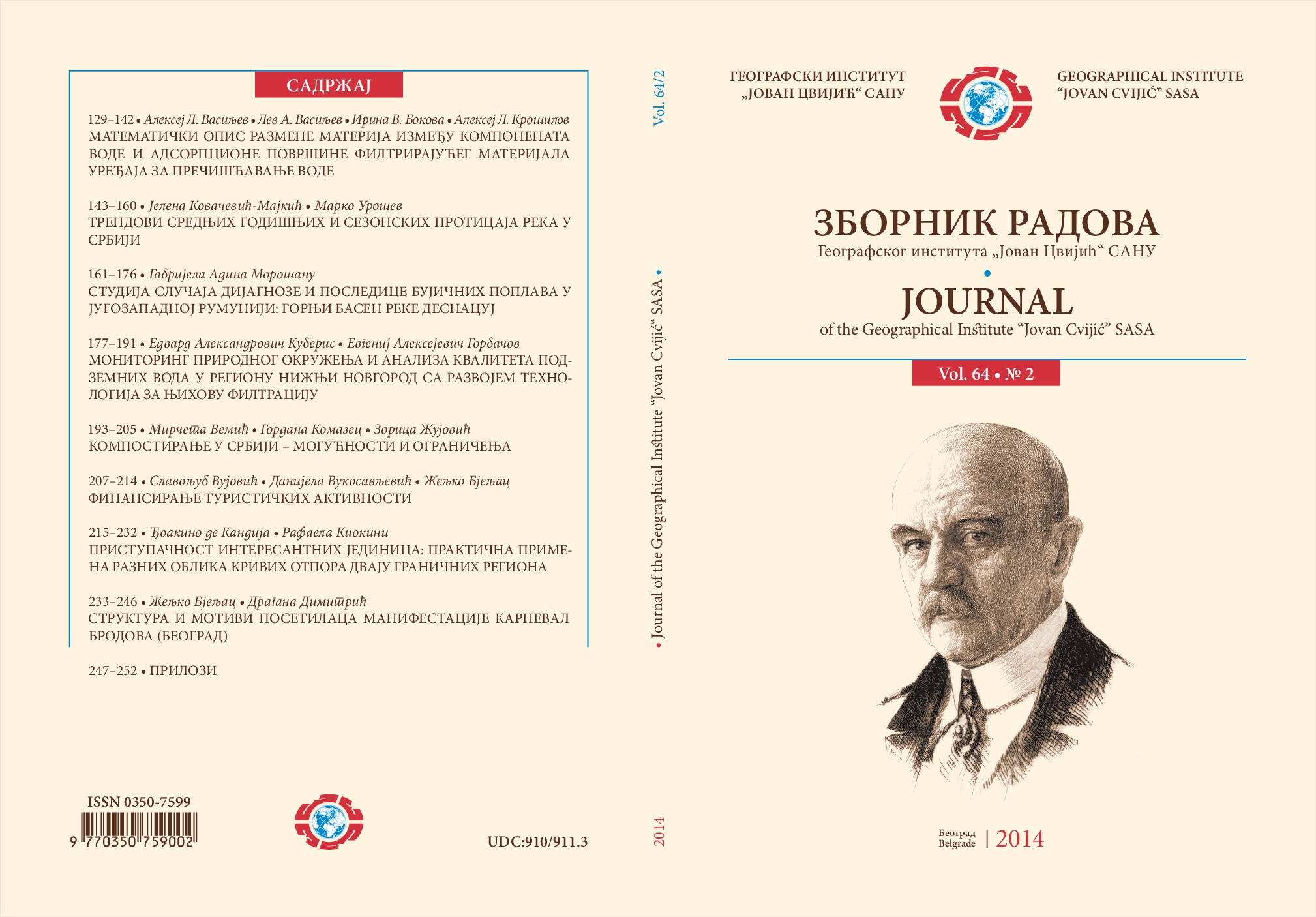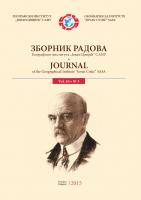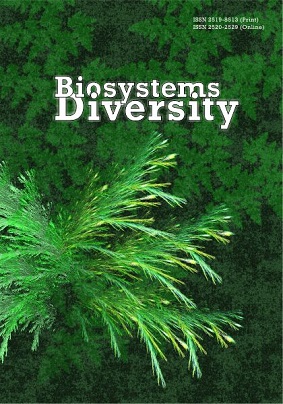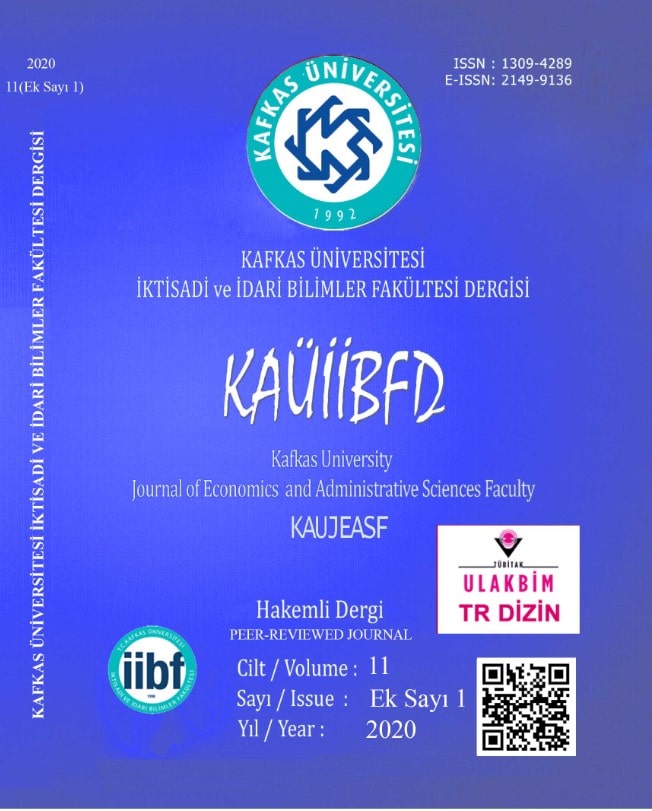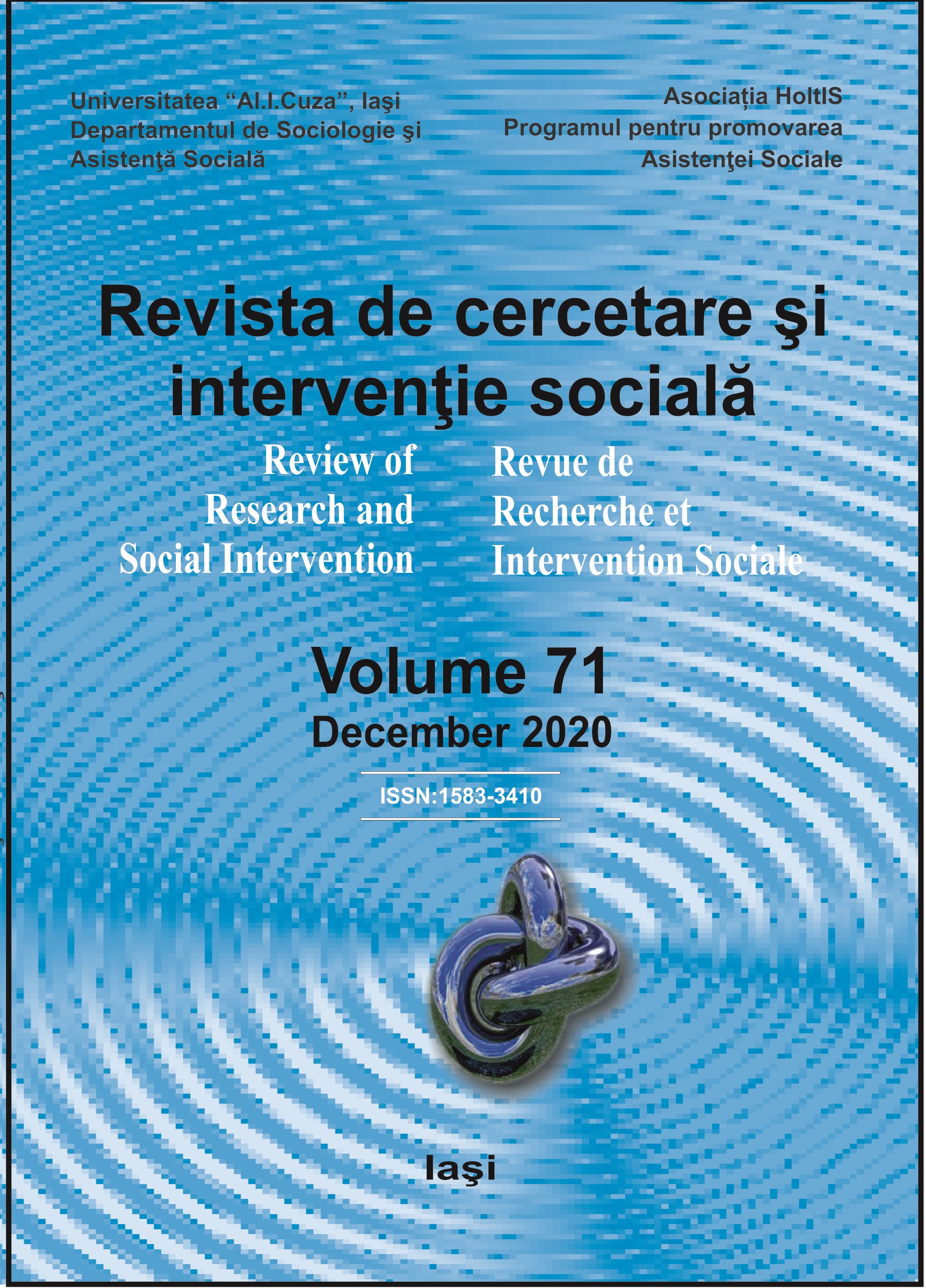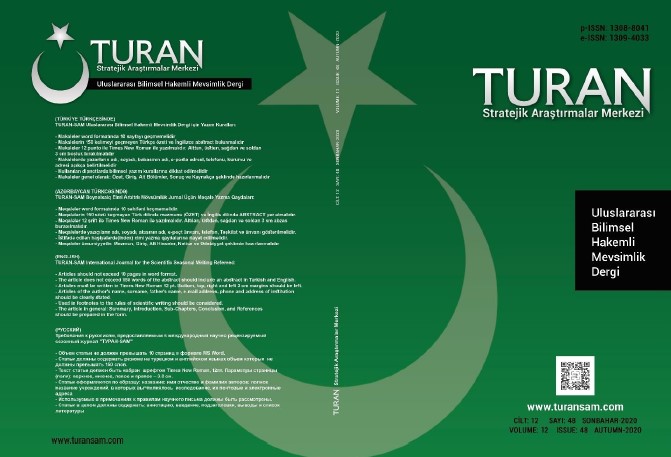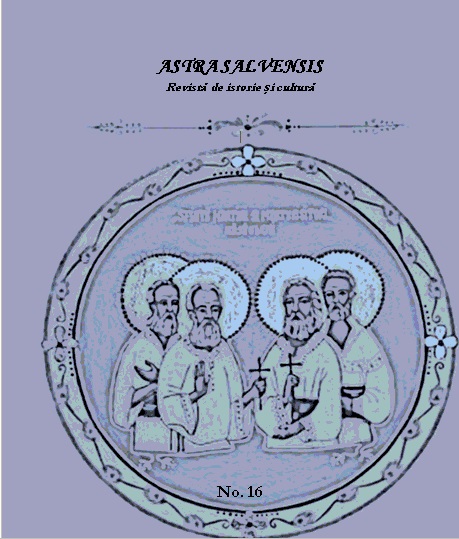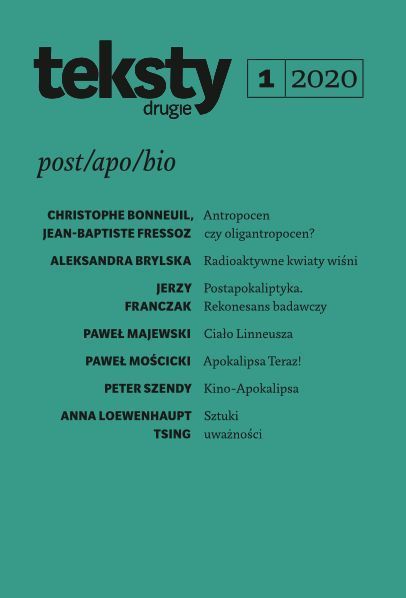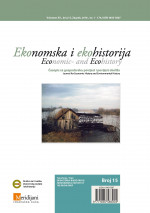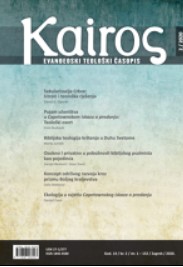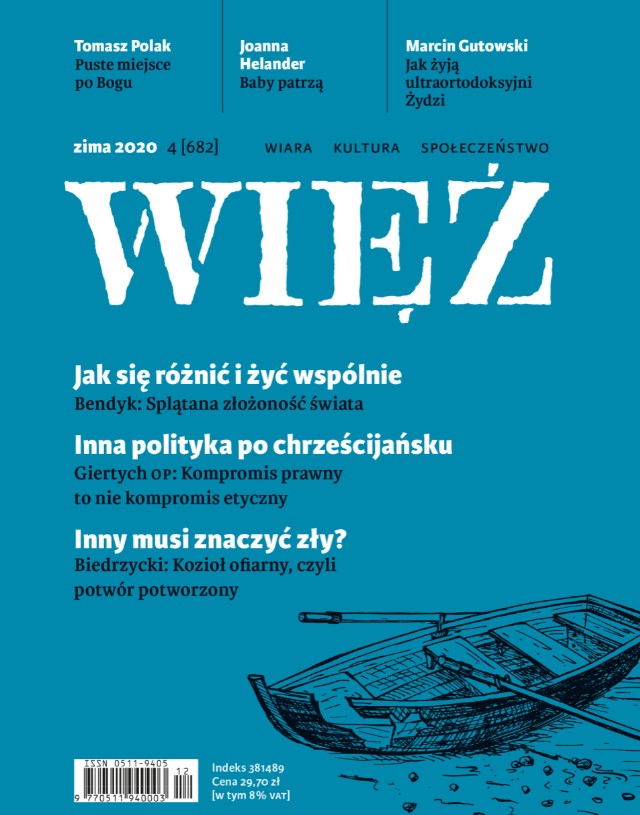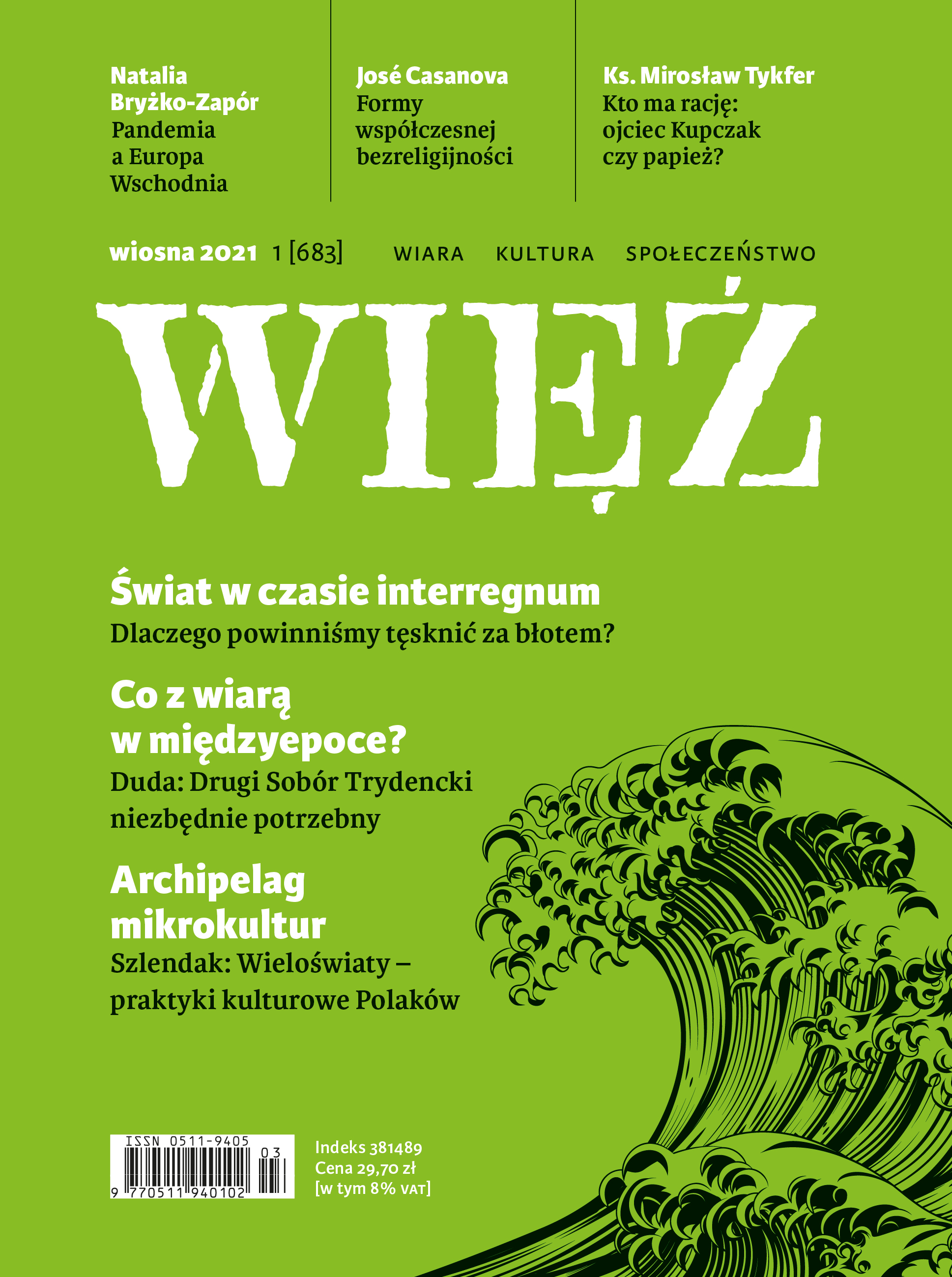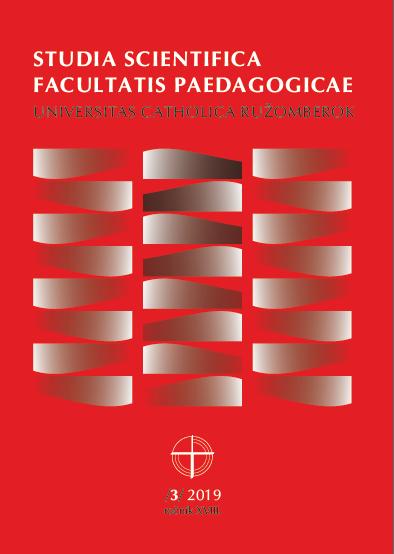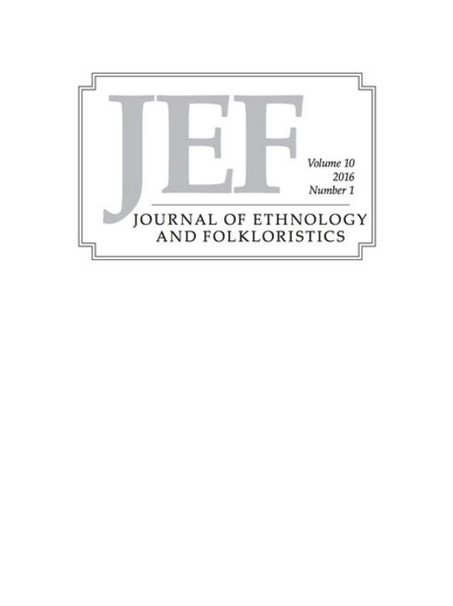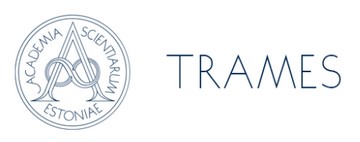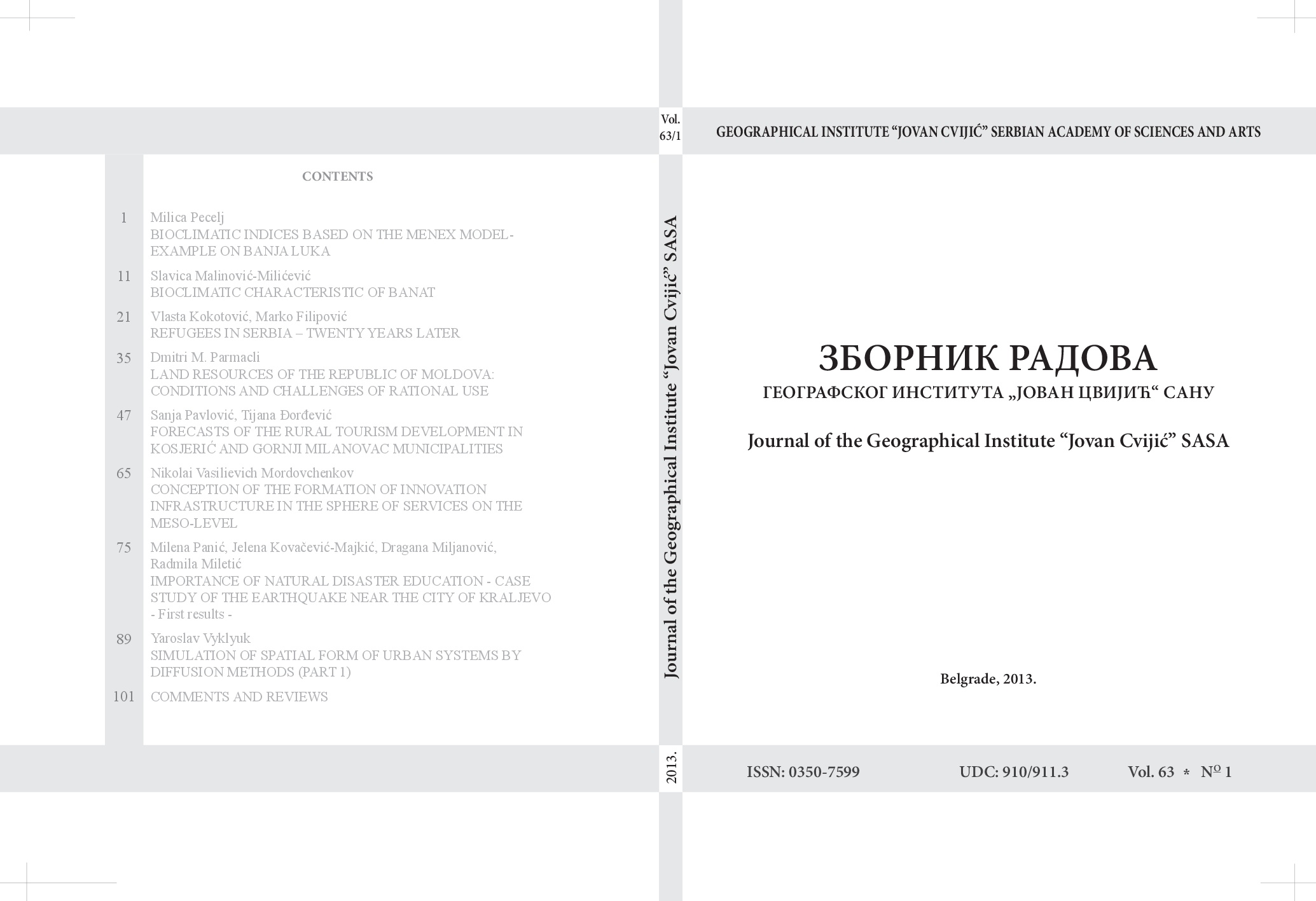
Bioclimatic Indices Based on the Menex Modelexample on Banja Luka
It has long been known that weather and climate have influence on human health and well-being. The human organism is in constant interaction with the environmental conditions. To access the atmospheric impact on humans, different methods in human bioclimatology are created. Most of them are based on human heat balance. In this paper it has been tried to present several bioclimatic indices based on the human heat balance according to the bioclimatic model menex (man-environment exchange). The aim of this paper is to present bioclimatic conditions in Banja Luka vicinage (Bosnia and Herzegovina) and to explore climate-recreation relationship. In the near vicinity of Banja Luka there are three spa centers that are favorable for recreation. For this analysis average available daily weather data for two extreme months (January and July, 1990) were used as well as the average monthly weather values for the period 1961-1990. The data were taken from Banja Luka weather station. As a result, several thermophisiological bioclimatic indices have been obtained. These are heat load in man, physiological strain, subjective temperature, subjective physiological temperature.
More...
